One of the casualties in Syria's bloody four-year war are the country's ancient monuments, which have been demolished by ISIS or Syrian government bombs aimed at Islamic militants.
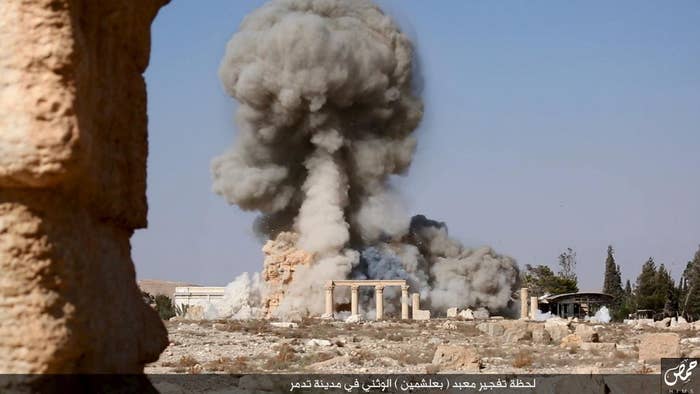
In August, ISIS destroyed the ancient city of Palmyra and beheaded Khaled al-Asaad, one of Syria's top antiquities scholars who had worked in the city for more than 50 years.
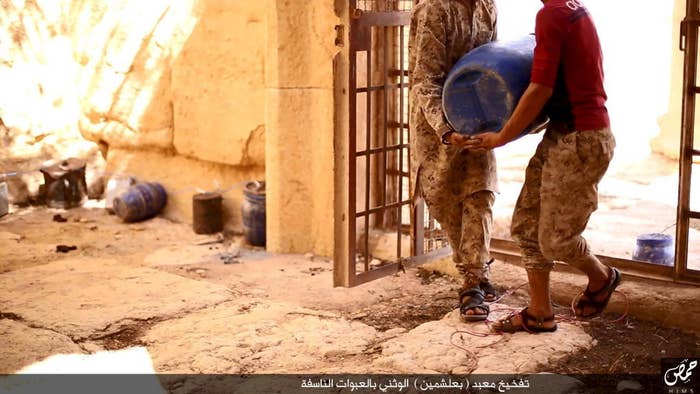
Palmyra was one of the most important cultural centers of the world during the first and second centuries, according to UNESCO, which named the city a World Heritage Site.
But a group of Syrian artists at the Za'atari Refugee Camp in Jordan have come together to salvage some memories of their country's lost treasures.
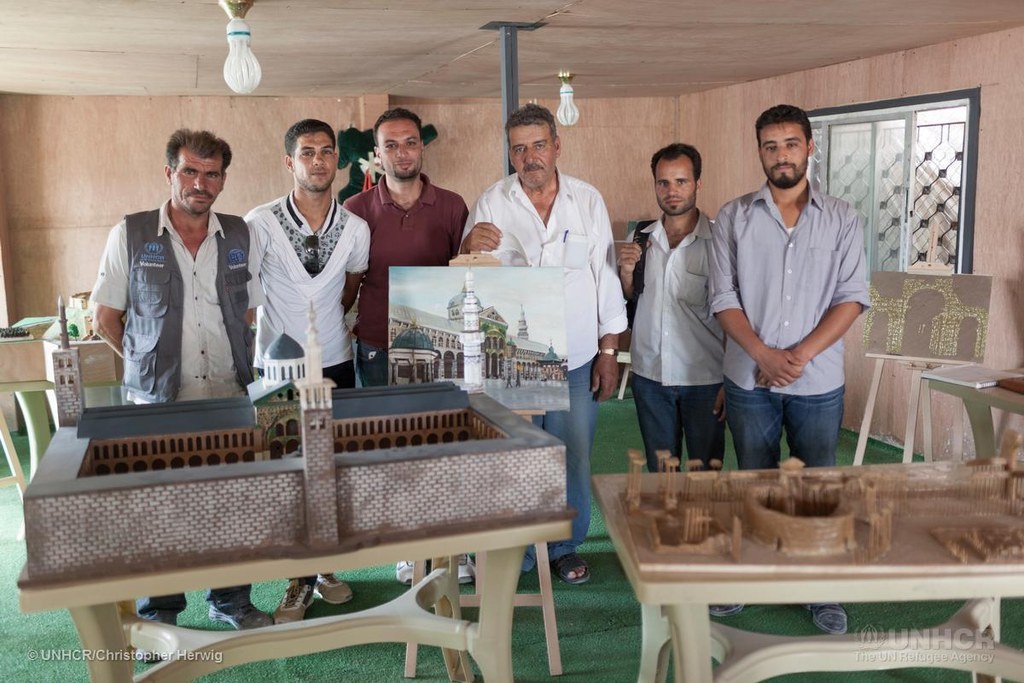
The project is supported by the United Nations and International Relief and Development, a non-governmental organization based in Virginia.
Since November 2014, artists exiled from Syria have constructed miniature models of their country's ancient architecture through a project called Syria History and Civilization.
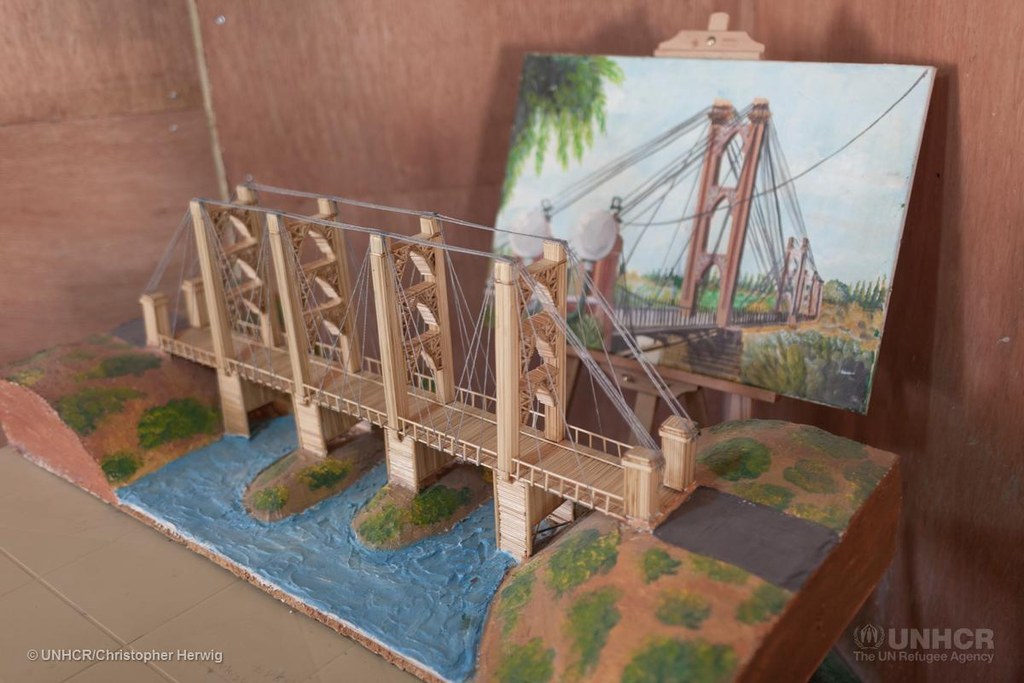
The project's message is one of peace and cultural awareness, the project's coordinator Ahmad al-Hariri told BuzzFeed News.
"The artifacts that have been destroyed [are] a loss to the whole world and not only to Syria," he said. "The goal is to define the Syrian people, preserve our heritage, and prove Syrian identity, and the most important message is to stop the war."
Al-Hariri said in a UN blog post the project is especially important because there are some children at the refugee camp who "have never seen Syria or who have no memory of it."
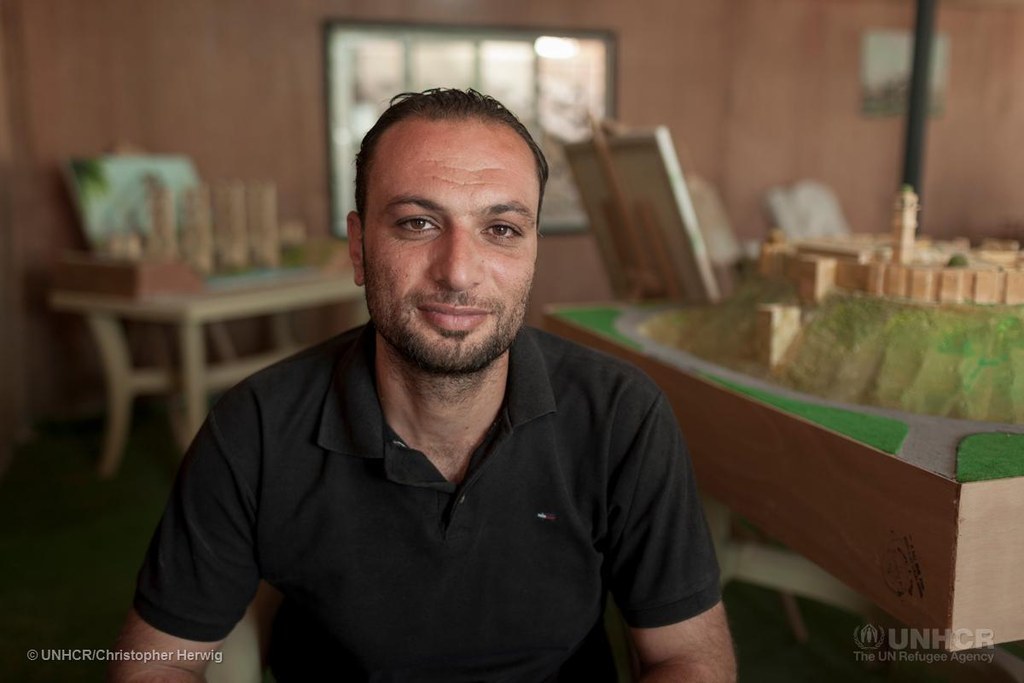
"They know more about Jordan than about their own country," he said.
The project has become much more than a preservation effort. Mahmoud Hariri, one of the project's artists originally from Daraa, said the project has helped him retain his skills.
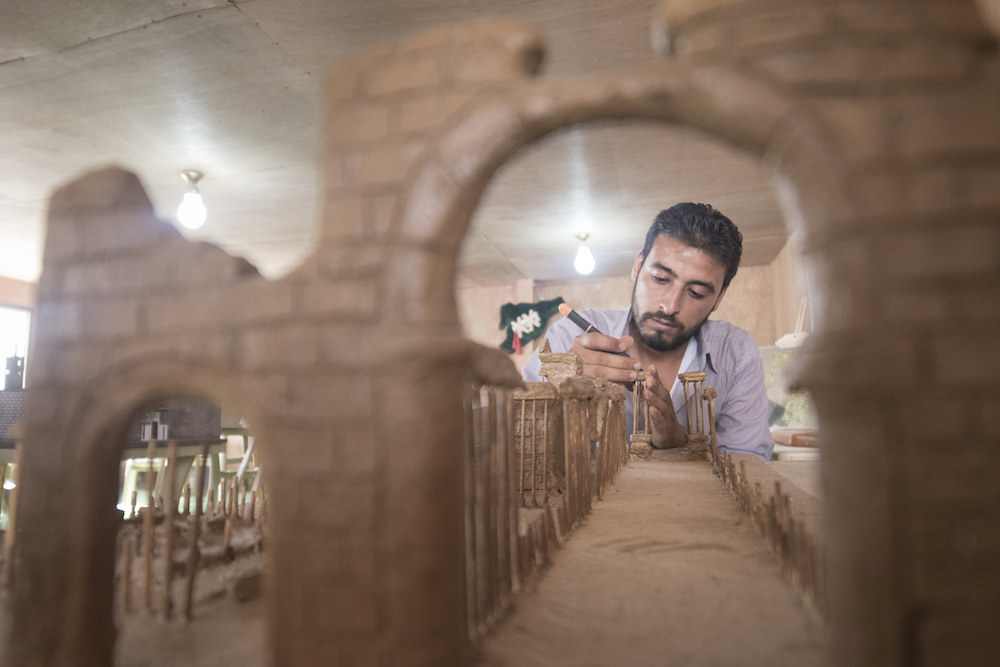
Hariri, 25, was an art teacher and painter before he fled to the Za'atari Camp in 2013.
"When I first arrived I didn't think I would continue my work as I only expected to be here for a week or two," he told writer Charlie Dunmore in the blog post. "But when I realized it would be years, I knew I had to start again or lose my skills."
Ismail Hariri, another artist with the group, was reluctant to join the project at first. But it has since helped him rediscover his passion for art.

Hariri, 44, has been sculpting since he was very young and was an interior designer before the war erupted.
He moved to the Za'atari Camp with his wife and seven children in 2013.
His favorite project was a replica of the Nabatean Gate he sculpted out of found volcanic stone in the camp, which is the gate's original stone.
"It was a large stone, and it took me two months to finish it, working with the simple tools I could find," he said in the blog post. "It's the first thing I've made for a long time. For the first few days I hit my hand more than I hit the stone."
The monuments can take 15 days to three months to construct depending on the time and tools that are available, al-Hariri told BuzzFeed News.
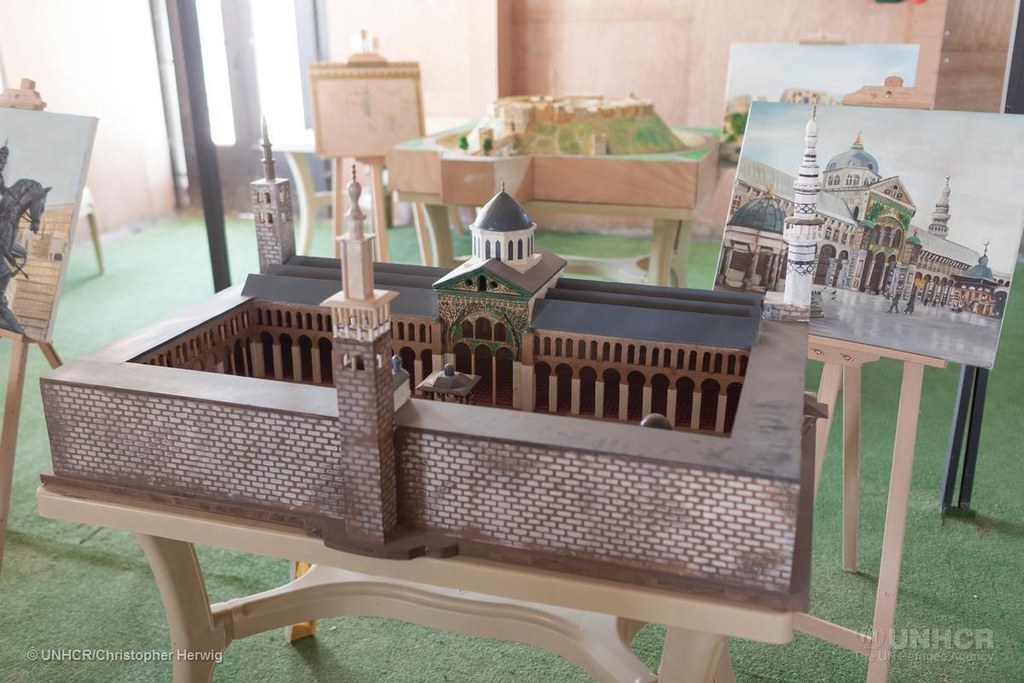
He said the group of about eight artists is currently in its first stage of the project.
The group's next goal is to work on replicas of Syrian folk traditions and "the hell of war," said al-Hariri.
"I’m very worried about what is happening," said Mahmoud Hariri. "This site represents our history and culture, not just for Syrians but all of humanity. If it is destroyed it can never be rebuilt.”


